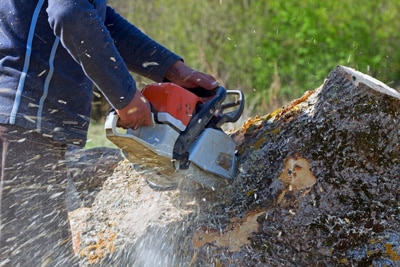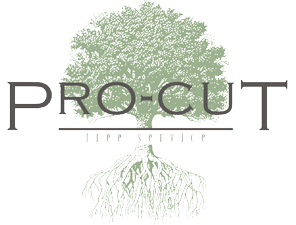Pro-Cut Tree Service Serves Snohomish County & North King County
 Pro-Cut Tree Service has been providing expert tree services of all kinds to customers in Lake Stevens, Woodinville, Snohomish, Bothell, Woodinville, and Mill Creek area since 1999. With over 25 years of experience, we bring commitment, professionalism and safety to every hazardous tree removal, trimming, and pruning job.
Pro-Cut Tree Service has been providing expert tree services of all kinds to customers in Lake Stevens, Woodinville, Snohomish, Bothell, Woodinville, and Mill Creek area since 1999. With over 25 years of experience, we bring commitment, professionalism and safety to every hazardous tree removal, trimming, and pruning job.
Locally Owned & Operated Tree Service Company
When your property needs tree maintenance or tree removal, you want someone who knows how to do the job the right way. The experts at Pro-Cut provide tree-related services for every need in Snohomish and North King County. Call us for local experience you can trust.
Licensed, Bonded & Insured
An improperly trimmed tree can be a hazard and an eyesore. Pro-Cut Tree Service is licensed, bonded and insured, so you can have confidence our trained staff will identify which trees are safety concerns. Don’t wait for the next windstorm to test your trees. Let our experienced tree servicing experts help you assess the risks and ensure the value and safety of your home.
Customer Service and Respect
 We provide the highest tree services to our customers. When you contact Pro-Cut Tree Service, a member of our knowledgeable staff will provide a free on-site consultation to assess your needs. We’ll present you with solutions customized to your property, and a detailed quote that’s guaranteed. If you’re faced with a tree emergency you can contact us 24 hours a day, 7 days a week for emergency tree service. We strive for 100% customer satisfaction, and will treat you and your property with respect every step of the way.
We provide the highest tree services to our customers. When you contact Pro-Cut Tree Service, a member of our knowledgeable staff will provide a free on-site consultation to assess your needs. We’ll present you with solutions customized to your property, and a detailed quote that’s guaranteed. If you’re faced with a tree emergency you can contact us 24 hours a day, 7 days a week for emergency tree service. We strive for 100% customer satisfaction, and will treat you and your property with respect every step of the way.
Call or send us a message today to schedule a free on-site assessment and obtain a quote. Ask about our special discounts for seniors and military service members!
Quality Tree Removal and Pruning Services in Snohomish County & North King Countyby Pro-Cut Tree Service
Serving customers in Lake Stevens, Edmonds, Marysville, Mukilteo, Woodinville, Everett, Snohomish and the surrounding area



